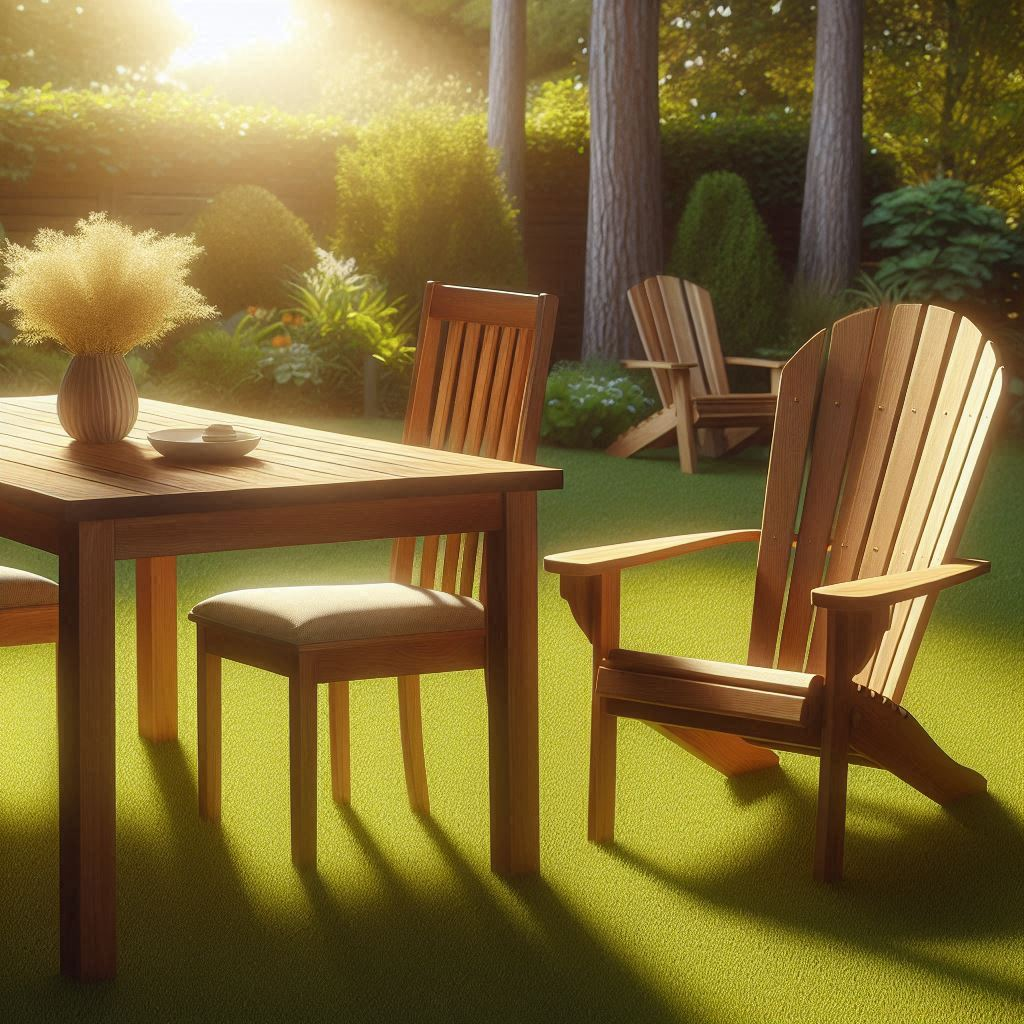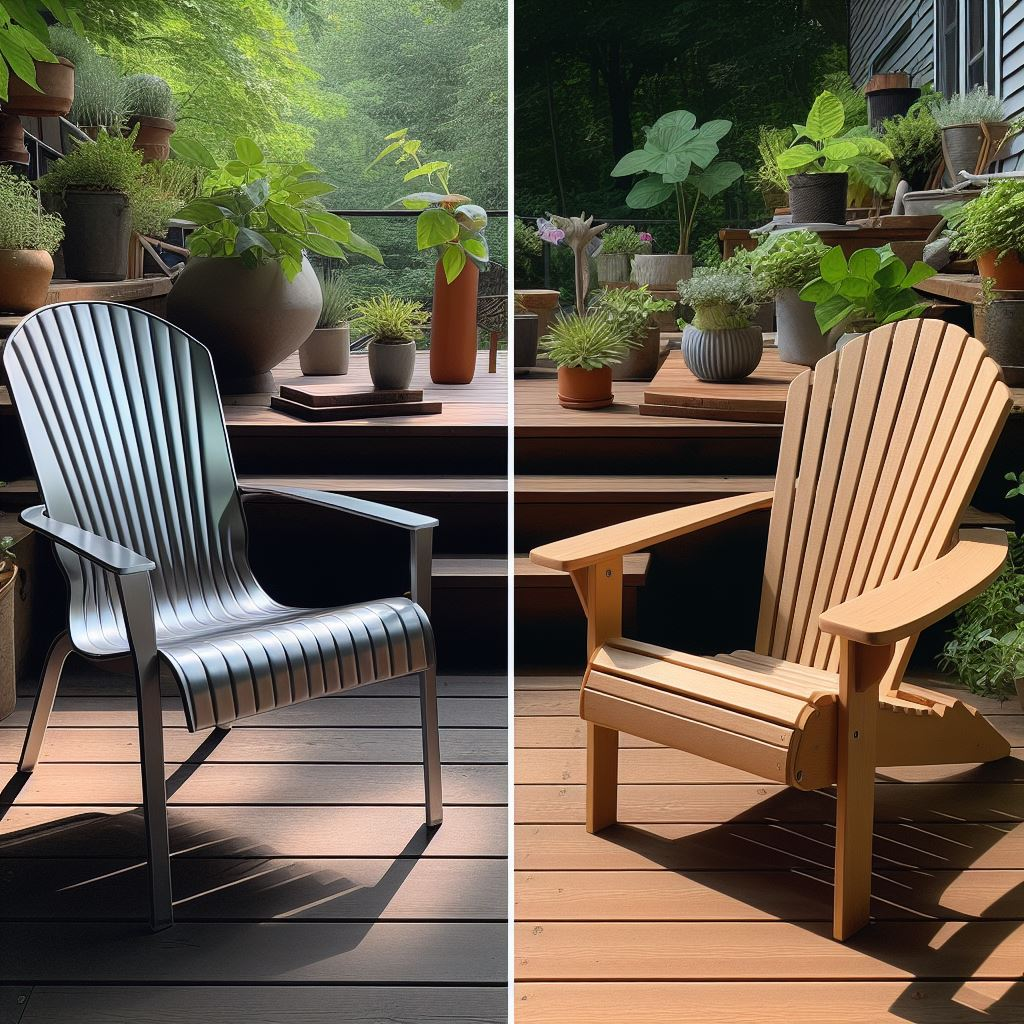As a seasoned outdoor furniture enthusiast, I’ve spent countless hours researching, testing, and experiencing various brands. Today, I want to share my in-depth analysis and personal experiences with two brands that have significantly shaped the outdoor furniture landscape: Polywood and Finch.
Here’s a detailed comparison table between Polywood and Finch:
| Criteria | Polywood | Finch |
|---|---|---|
| Founded | 1990, one of the pioneers in the industry | 2003, quickly made a name for itself |
| Materials | Uses recycled plastics, contributing to environmental conservation | Uses recycled plastics, similar to Polywood |
| Sustainability | Committed to sustainability by using recycled materials | Takes sustainability a step further by recycling all manufacturing waste |
| Durability | Known for weather-resistant properties, can withstand various weather conditions | Built to resist fading, cracking, peeling, and rotting, ensuring longevity |
| Maintenance | Requires minimal maintenance, easy to clean | Similar to Polywood, requires only simple cleaning |
| Design Range | Offers a wide range of outdoor furniture, catering to various aesthetic preferences | Provides a variety of styles and colors, allowing for personal customization |
| Customer Reviews | Some issues reported with squirrels scratching and chewing the furniture | High customer satisfaction mentioned on their website, though specific reviews are hard to come by |
Polywood: The Vanguard of Recycled Outdoor Furniture
Polywood, a trailblazer in the industry, was established in 1990. They were among the first to recognize the potential of recycled plastics as a viable material for outdoor furniture. This innovative approach not only resulted in superior quality products but also contributed to environmental conservation.
One of the first pieces I acquired was a Polywood Adirondack chair. Its robust construction and weather-resistant properties were immediately noticeable. Despite being exposed to the elements, the chair retained its vibrant color and structural integrity, a testament to Polywood’s commitment to durability.
Polywood’s design portfolio is extensive, catering to a wide range of aesthetic preferences and functional needs. However, it’s worth noting that some customers, including myself, have reported that squirrels seem to be attracted to the furniture, often scratching and chewing on it. If you live in an area with a high squirrel population, this is something to bear in mind.
Finch: The Contender with a Focus on Quality
Finch, although a younger brand established in 2003, has quickly carved out a niche for itself in the outdoor furniture industry. Like Polywood, Finch also uses recycled plastics in their furniture. However, they take their commitment to sustainability a step further by recycling all their manufacturing waste.
I was particularly impressed with a Finch outdoor dining set I purchased. Its durability was evident, resisting fading, cracking, peeling, and rotting even after years of use. Plus, the maintenance was minimal, requiring only simple cleaning, which is a significant advantage for those who prefer to spend their time enjoying their outdoor space rather than maintaining it.
Finch’s design range is equally impressive, offering a variety of styles and colors. While specific customer reviews are hard to come by, their website mentions high customer satisfaction, which speaks volumes about their commitment to quality and customer service.
My Expert Verdict
In the end, both Polywood and Finch have their strengths. They both prioritize sustainability, offer a wide range of designs, and produce furniture that is built to last. Your choice between the two will likely come down to personal preference, price, and specific needs.
Remember, choosing outdoor furniture is not just about picking the most attractive pieces. It’s about finding furniture that fits your space, matches your style, and stands up to the elements. With brands like Polywood and Finch, you can rest assured that you’re investing in quality pieces that are not only beautiful but also kind to the environment. Happy furniture hunting!










